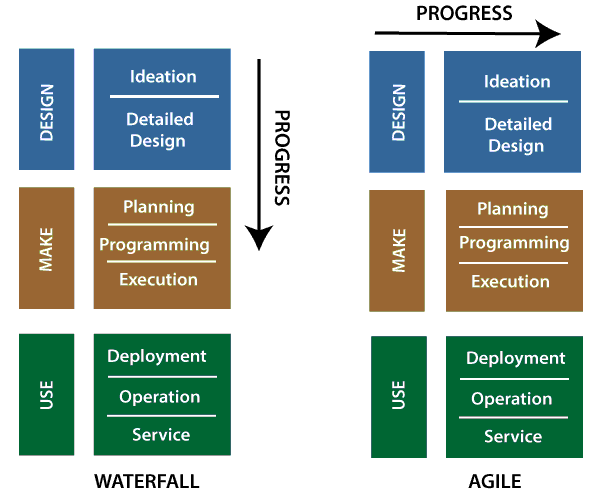Agile Layout - An Overview to Reliable and Adaptable Product Developme…
페이지 정보

본문
Introduction
Agile Style uses an adaptable, efficient method to product growth, incorporating agile concepts with style reasoning. This technique makes use of short, iterative cycles and quick individual feedback to produce solutions that meet users' progressing demands. Agile Style is particularly efficient in a globe where market requires adjustment promptly and items have to be straightforward.
 Specifying Agile Design
Specifying Agile Design
Agile Layout integrates style concepts with active workflows, causing items that are receptive, high-grade, and user-centered. By embracing a repetitive strategy, Agile Layout permits groups to test and boost their job, making certain a close positioning with individual needs.
Core Concepts of Agile Style
User-Centered Reasoning: Agile Style makes sure individual comments is at the forefront of each iteration. This continuous comments process assists direct the growth of a product that aligns with customer expectations.
Quick Prototyping: Agile Layout includes creating models that can be tested and refined swiftly, avoiding costly design modifications at later stages.
Cross-Disciplinary Collaboration: Collaboration in between various groups, such as designers, developers, and stakeholders, is vital to Agile Layout's success.
Responsive to Change: Agile Layout encourages versatility, adapting as market needs or user assumptions evolve.
Why Agile Design Issues
The Agile Design procedure leads to products that much better fit users' demands, producing an affordable side. By reacting to real-time responses, Agile Style decreases advancement costs and creates products that adjust to altering requirements.
Just How to Apply Agile Design
Damage down the job right into style sprints, which enables for quicker changes based upon comments. Constant testing with genuine customers guarantees the end product is pertinent and user-focused.
Agile Layout supplies a flexible, efficient method to item advancement, incorporating dexterous principles with design thinking. This method uses short, repetitive cycles and rapid customer feedback to produce remedies that meet users' progressing demands. Agile Design is particularly efficient in a world where market demands change quickly and items need to be straightforward.
Agile Style uses an adaptable, efficient method to product growth, incorporating agile concepts with style reasoning. This technique makes use of short, iterative cycles and quick individual feedback to produce solutions that meet users' progressing demands. Agile Style is particularly efficient in a globe where market requires adjustment promptly and items have to be straightforward.
 Specifying Agile Design
Specifying Agile DesignAgile Layout integrates style concepts with active workflows, causing items that are receptive, high-grade, and user-centered. By embracing a repetitive strategy, Agile Layout permits groups to test and boost their job, making certain a close positioning with individual needs.
Core Concepts of Agile Style
User-Centered Reasoning: Agile Style makes sure individual comments is at the forefront of each iteration. This continuous comments process assists direct the growth of a product that aligns with customer expectations.
Quick Prototyping: Agile Layout includes creating models that can be tested and refined swiftly, avoiding costly design modifications at later stages.
Cross-Disciplinary Collaboration: Collaboration in between various groups, such as designers, developers, and stakeholders, is vital to Agile Layout's success.
Responsive to Change: Agile Layout encourages versatility, adapting as market needs or user assumptions evolve.
Why Agile Design Issues
The Agile Design procedure leads to products that much better fit users' demands, producing an affordable side. By reacting to real-time responses, Agile Style decreases advancement costs and creates products that adjust to altering requirements.
Just How to Apply Agile Design
Damage down the job right into style sprints, which enables for quicker changes based upon comments. Constant testing with genuine customers guarantees the end product is pertinent and user-focused.
Agile Layout supplies a flexible, efficient method to item advancement, incorporating dexterous principles with design thinking. This method uses short, repetitive cycles and rapid customer feedback to produce remedies that meet users' progressing demands. Agile Design is particularly efficient in a world where market demands change quickly and items need to be straightforward.
- 이전글야코 주소 ※링크나라※ 19링크모음 밤토끼 세상의모든링크 24.11.13
- 다음글Why You Should Consider Live Video Communication to Stay Connected 24.11.13
댓글목록
등록된 댓글이 없습니다.

